Among the most evocative British motorcycle brands, few conjure more emotion than Norton Motorcycles. Founded in 1898, Norton earned a peerless reputation through decades of crafting quick and refined singles and parallel twins beloved by everyone from weekend riders to Isle of Man racers. This article pays tribute by exploring the history, key models, and racing success that made Norton a British institution synonymous with performance two-wheelers boasting muscular style and bulletproof reliability. 
Norton Motorcycles From Commuting Origins to Racing Renown
Norton began in 1898 as a manufacturer of fitments and components for motorcycles before eventually building complete bikes by 1902. In the early years, Norton focused its efforts on reliable, economical models like the Model 16 designed for commuting and touring Britain’s modest roadways.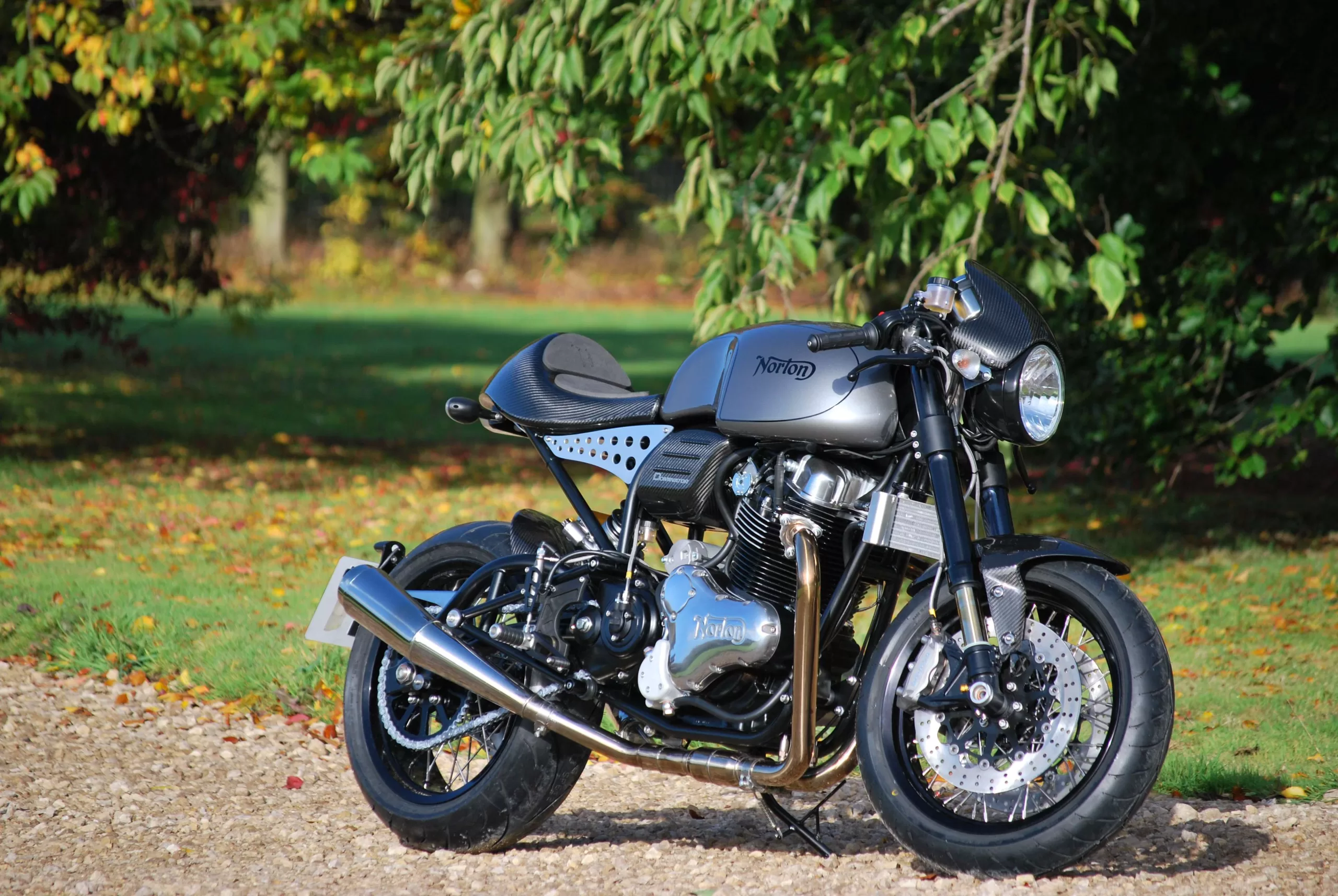
However, the brand began embracing sportier aspirations by 1907 with new overhead valve engines proving more powerful and durable than side-valve predecessors. This engineering prowess was proven in 1908 when a specially-prepared Norton with an inline-4 engine took the inaugural Isle of Man TT averaging a breathtaking 35.73 mph. More victories followed before WWI establishing Norton’s racing reputation and cementing the brand’s sporting identity.
The Interwar Years: Norton Rises as a Household Name
Norton rose to prominence throughout the 1920s and 1930s from victories amassed by motorcycling champions like Jimmie Guthrie and legendary “Scots Flyer” Jimmy Simpson. Model families like the CS1 “Sloper” dominated sales establishing Norton among the country’s bestselling brands thanks to robust construction and accessible power.
The 1930s Norton 16H and International models won particular fame as the quintessentially British “club man” bikes equally at home commuting or dominating weekend amateur racing events. By 1939, one in four registered motorcycles in Britain wore Norton’s iconic silver-beaded logo, establishing the brand as a national institution and prominent export.
Postwar Performance Bikes: From the Manx to the Commando
After civilian manufacturing halted during WWII, Norton refocused engineering talent toward military motorcycles serving Britain’s war effort. These developments laid the foundations for evolving into Norton’s most celebrated sporting models once staff returned home to peacetime.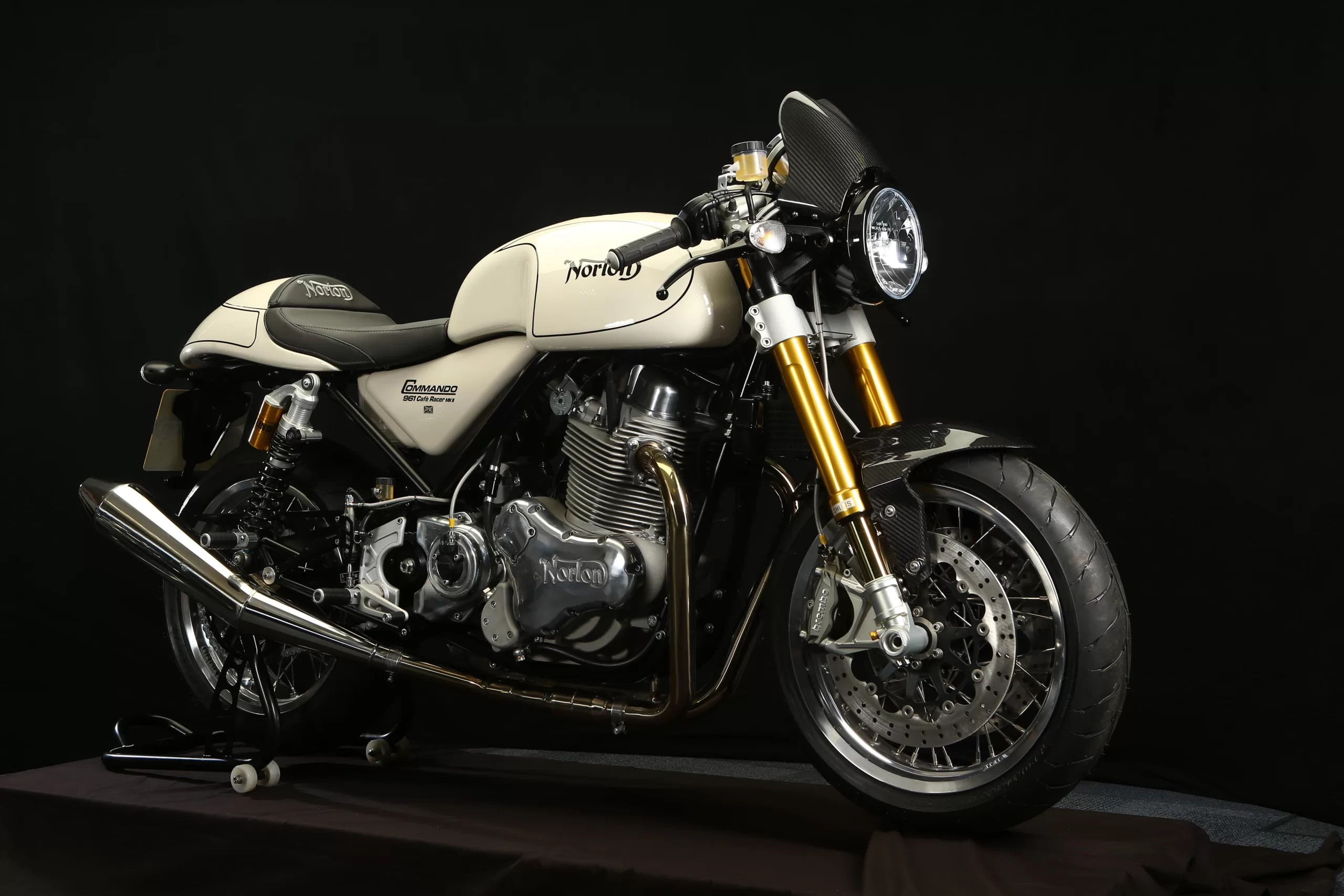
Race-bred Norton Manx singles claimed an incredible five straight 500cc Grand Prix motorcycle racing world championships between 1947 and 1951, establishing performance credentials. For the road, models like the Norton Dominator evolved into the legendary Commando range released in 1967 packing a new parallel twin engine. With handsome good looks and spirited performance, the Commando reinvigorated Norton to win Britain’s coveted Motorcycle of the Year award an unprecedented five years running.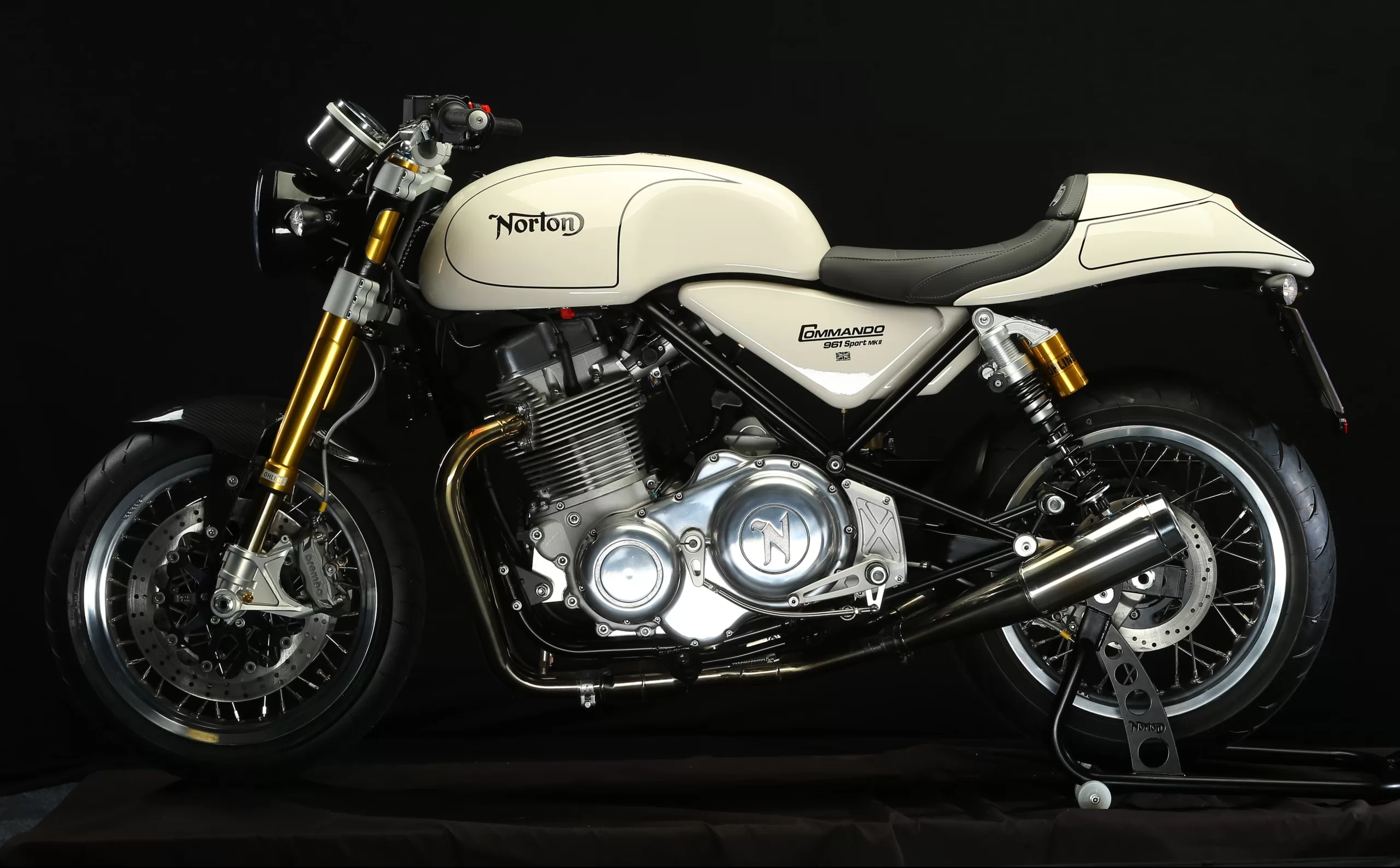
Norton Motorcycles Iconic British Marque Loved Worldwide
By the late 20th century, Norton stood proud as one of the most cherished British motorcycle brands. While facing difficult periods through changing ownership, Norton’s reputation for craftsmanship, racing prominence, and owner loyalty remains respected worldwide by riders.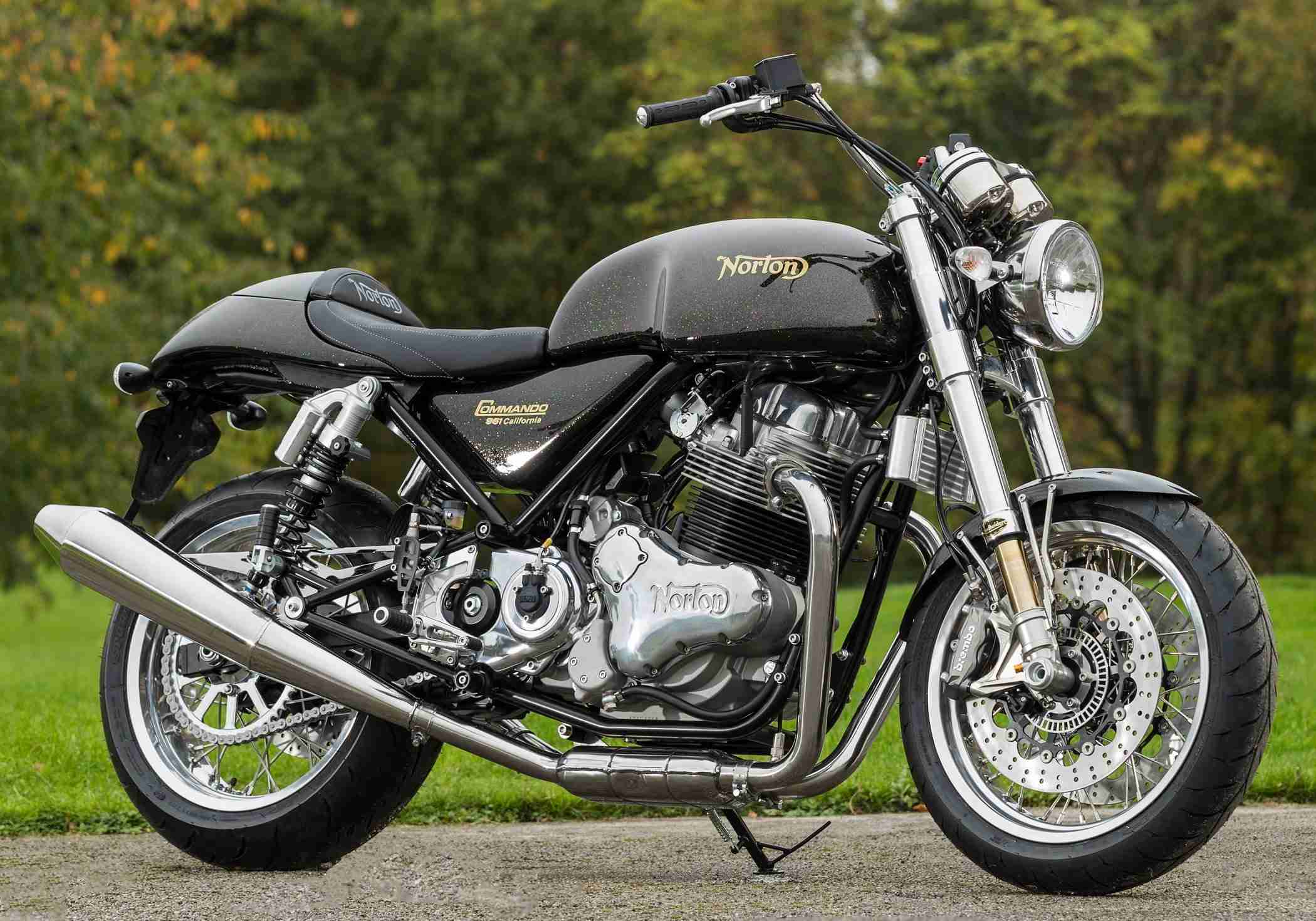
Key historic models like the Manx continue racing vintage events, while the Commando maintains popularity among enthusiasts half a century later supported by plentiful spare parts supply and restoration expertise preserving the breed. Both models hold particular prominence celebrating the height of British parallel twin prowess.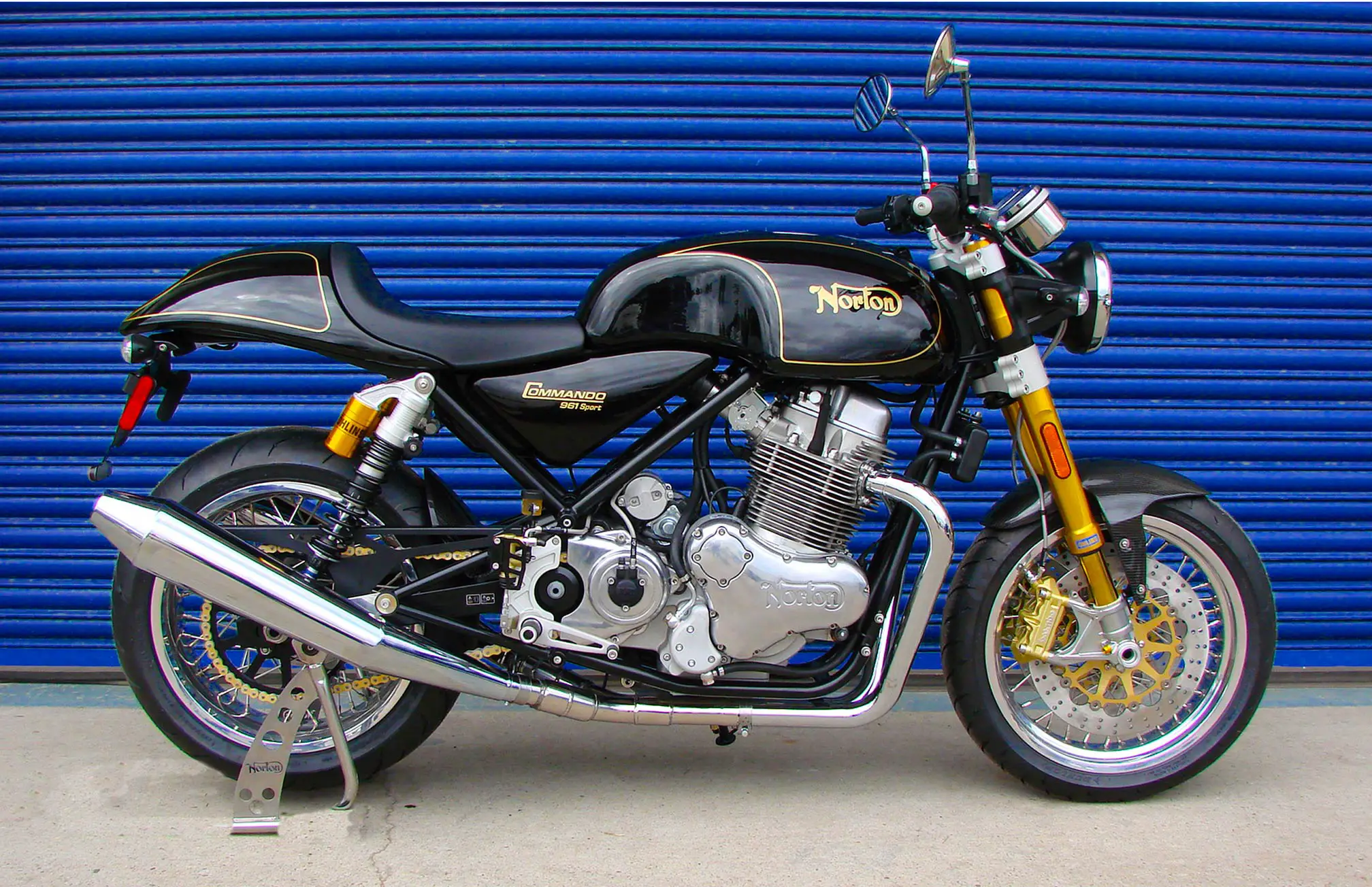
Today, Norton continues hand-building models from its new Solihull factory determined to uphold over a century of hard-won pedigree onto new generations. This continuation promises Norton’s iconic heritage and engineering mastery carry forward backing every new model proudly wearing the revered badge.




